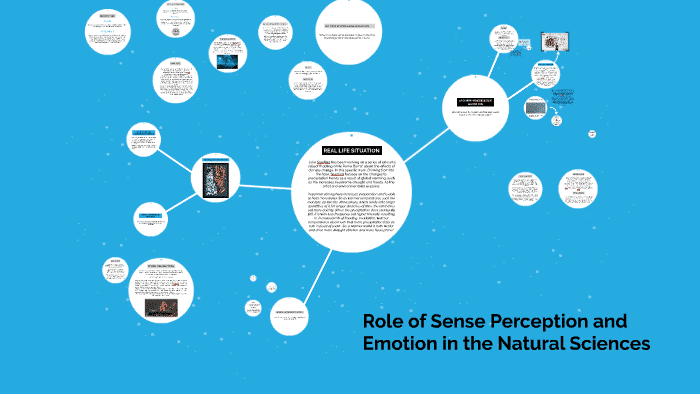Ways of knowing in Theory of Knowledge focus on the means by which we know something.
It’s important to learn these mechanisms because the IBO requires you to discuss them in your Theory of Knowledge essay.
Key Takeaways
- There are 8 ways of knowing in Theory of Knowledge, but you need to study and master only 4 of them.
- These WoKs are language, sense perception, emotion, reason, imagination, intuition, memory, and faith.
8 Ways of Knowing in Theory of Knowledge Explained
If you’ve read different textbooks on TOK, it’s clear by now that learning about the ways of knowing can be a big challenge because of the complex terminologies and jargon used in writing.
This guide simplifies things.
To begin with, it’s important not to confuse ways of knowing with areas of knowledge in the ToK course.
Ways of knowing focus on how we know make sense of things and the world around us.
1. Language
In Theory of Knowledge, language refers to a set of signs and symbols that have a defined meaning.
Normally, a language has it foundation on a set of norms, so whenever we use a language, we always want to deliver some form of message.
Language has its constraints, and it's critical to remember this in TOK.
The basic goal of a language is to communicate knowledge, which can be imperfect at times.
Any culture would be unable to operate without the use of language. That isn't to argue that it is without defects.
2. Sense Perception

Image Credit: Prezi
Sense perception is the means by which we experience our surroundings through our five senses.
While most people are only aware of the five senses (sight, smell, hearing, touch, and taste), there are several less-known senses that are just as significant.
One example is that if you close your eyes and someone pulls your hand down or up, you can detect which way it travels. Proprioception is the medical word for this sensation.
While sensory perception is unquestionably important to our existence, it is limited in a few ways.
This WOK only describes objects human can perceived biologically. An optical illusion, for example, can deceive the eyes into seeing something that isn't true in reality.
3. Emotion

Emotion is a method of understanding behaviors, feelings, and thoughts.
Emotion is a particularly strong way of knowing in TOK since we seem to make the bulk of our daily decisions based on our feelings.
The problem with emotion is that it’s restricted since it can only impart information to a single individual rather than to a community.
For example, two people may experience the same stimuli but react differently emotionally.
4. Reason
Reason allows us to generate knowledge without relying on our senses.
It entails taking what we currently know and synthesizing it into new knowledge and we can deduce what we are unable to perceive directly through reason.
For example, if you are inside and notice that there are no clouds outside, you may conclude that it is not raining.
Here, you're relying on the fact that there are no clouds to conclude that it's not raining. As a result, you apply new knowledge to integrate previously acquired information.
5. Imagination
Imagination in ways of knowing is a means to generate new thoughts, concepts, or pictures found in our everyday lives. Imagination is therefore vital in the development of new information.
Let's have a look at businesses. They design items by conceptualizing them first and then bringing them to life.
Often, the extent to which we can imagine things is limited by our real-world experiences, which is a critical restriction of imagination as a form of knowing.
For instance, you can't use imagination to know someone who grew up in a different environment than yours would have fared in life.
6. Intuition
Intuition is a way of knowing that focuses on sensation. We call it an intuition when a person gets a gut sensation based on a previous event or a series of unidentified encounters.
An experienced doctor, for example, may make an accurate diagnosis with less information than a less experienced one. This is due to their ability to detect small signs that others miss.
Intuition has a flaw in that it can't produce accurate predictions. As a result, only a few people can provide trustworthy information based on intuition.
7. Memory
Students often struggle to understand how humans use memory to acquire new information.
After all, remembering anything is nothing more than recalling old information gleaned from previous thoughts or experiences.
However, we have to employ concepts from our memories to build new information!
When learning to read, for example, one is compelled to rely on letter meanings from memory. After that, one can grasp the formation of words and even phrases.
Our recollections aren't always dependable, which is a major drawback of memory. Many additional elements influence how you recall past experiences.
Environmental influences such as what other people thought of the incident you're attempting to recall and your emotional state at the time you acquired the memory are examples of these.
8. Faith
Exceedingly intelligent scholars often refuse to perceive Faith as a way of knowing, and some even argue that it isn't one of them. That’s because of the essence and nature of faith.
Faith is a complete trust in something founded on spiritual conviction. Contrary to popular belief, faith does not always have to be associated with religion. This is because religion might arise based on a group, movement, or individual.
One drawback of faith as a WOK is that it is impossible to verify. It also has a tendency to contradict evidence.
Final Thoughts
It's important to remember we must never consider ways of knowing in isolation. This is because they interact in a variety of ways to produce knowledge and knowledge claims.
Take, for example, the argument that "this chair is red."
The example entails combining a number of WOKs. To grasp "chair" and "red," you'll need a language. To get to the conclusion that the chair is something capable of becoming red, you'll also need a conceptual framework that depends on reason.
Sense perception assists you in recognizing that what you see is a chair with a red hue. This demonstrates how the individual ways of knowing have links with the areas of knowledge to generate knowledge.

